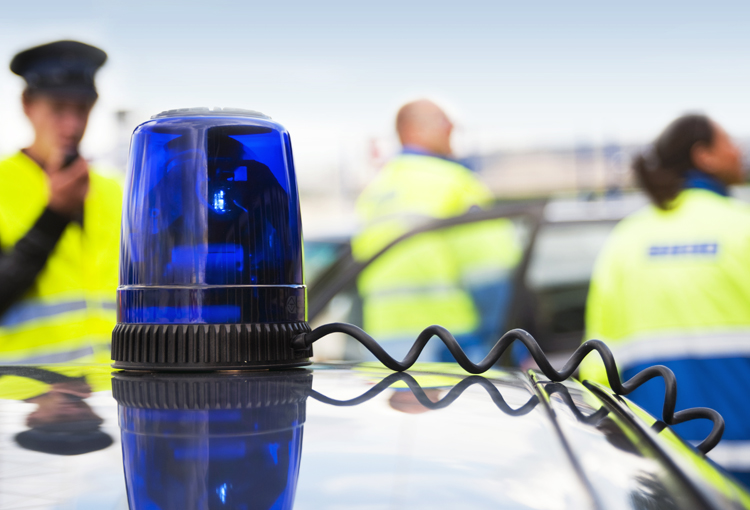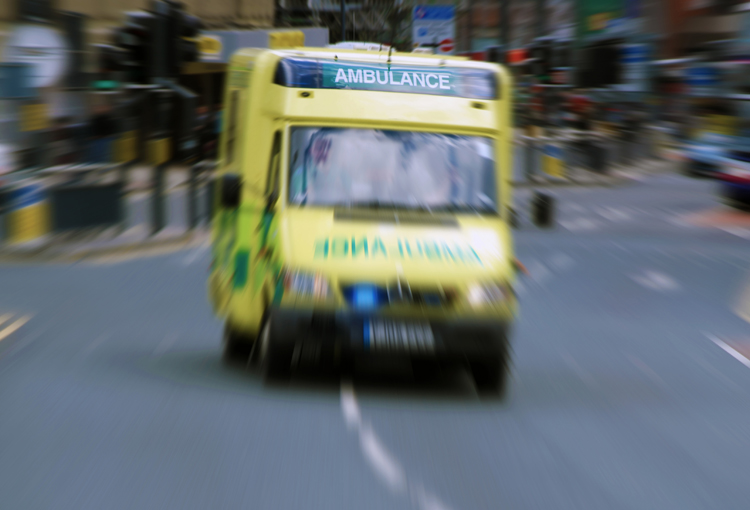Outdated Manual Handling Practices Causes Rise In Injuries To Paramedics

Emergency care has been recognised for many years as exposing ambulance workers to high risks of musculoskeletal injuries. Paramedics are especially known to report a high level of musculoskeletal injuries, particularly from patient moving and handling.
“MSK most common occupational disease in Europe”
(European Agency for Safety and Health At Work)
Across Europe, the job role of an ambulance worker may differ, however, the evidence is compelling that all ambulance workers are at a high risk of an early retirement due to health problems such as musculoskeletal disorders.
Manual handling injuries cover a broad category of work related injuries but can include injuries due to lifting, trapped fingers, cuts from sharp objects and pushing and pulling etc. The most common manual handling injuries are MSDs or musculoskeletal disorders, which are injuries and disorders that affect the human body’s movement or musculoskeletal system.
Many ambulance workers are still performing outdated manual handling manoeuvres instead of using modern lifting devices, such as the Mangar Camel and Mangar ELK leaving them exposed to musculoskeletal risks, for example when trying to lift a patient from the floor or when moving them from a stretcher to a bed.
“Every year millions of European workers are affected by MSDs through their work”
(European Agency for Safety and Health At Work)
Work-related lower back pain is the most common musculoskeletal disorder caused by manual handling and a quarter of workers across Europe have reported suffering from back pain due to their work. The European Agency for Safety and Health regard back pain as one of the top work-related disorders. Data taken in a European survey on working conditions found that 30% of European workers suffer from back pain, which tops the list of all reported work related disorders.
The recent figures from the European Survey on working conditions (ESWC) showed that 24.7% of European workers complain of a backache, 22.8% of muscular pains, 45.5% report working in painful or tiring positions while 35% are required to handle heavy loads in their work.
In 2013, a paramedic in England was awarded compensation because his back and shoulder were left with permanent damage after trying to manoeuvre a patient into the back of an ambulance in a carry chair with no fitted tail lift.
The 53-year-old sustained injuries that meant he was off work for four and a half months after carrying out the awkward manoeuvre which exacerbated an existing back injury.
“As paramedics, we do get back and shoulder injuries fairly frequently due to the nature of the job but the risks of them and their severity can be minimised by management giving us the correct tools to do the job safely,” said the paramedic.
Musculoskeletal disorders are preventable with the correct training and equipment and so are the economic and human costs of MSDs.
In the UK, ambulance services now carry a Mangar ELK or a Mangar Camel. They are both emergency lifting inflatable cushions designed to provide a safe and dignified for the patient and also to protect the ambulance worker from having to manually lift the patient.
“Our team use a Mangar Lifting Cushion to raise the fallen person from the floor. The cushions provide a safe lift for the resident but also help prevent musculoskeletal injury to our staff. Because of a number of falls we attend, the lifting cushions are used every day and have been for nearly 10 years. They are a reliable piece of equipment that we wouldn’t be without.”
Heather Rimmer, Norfolk Swift Response
If you would like any further information regarding the Mangar Elk or the Mangar Camel, please click here.












